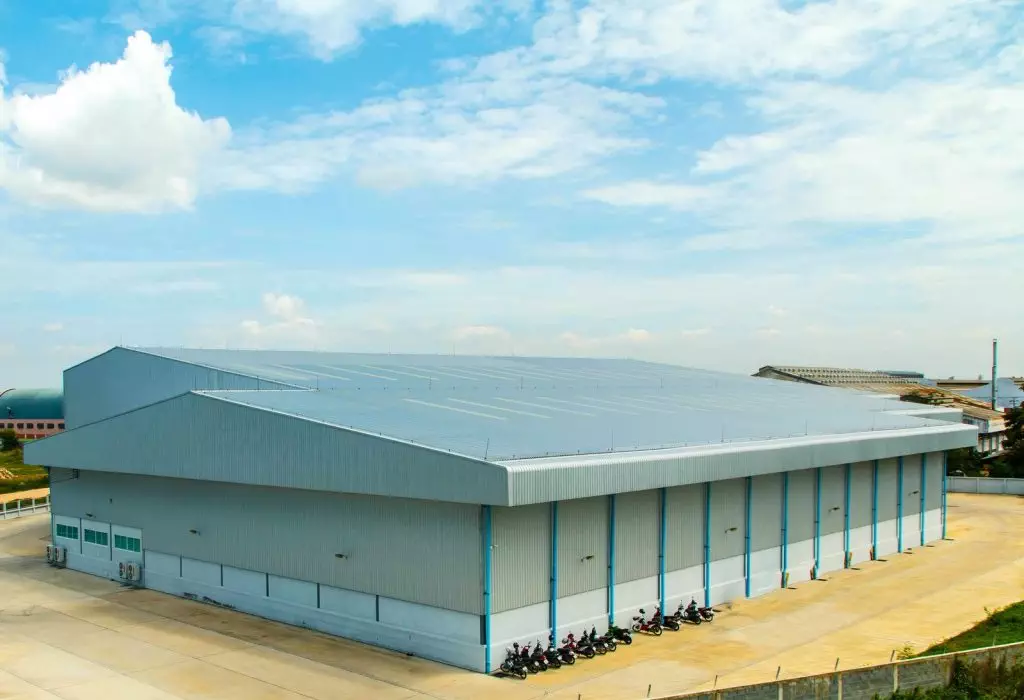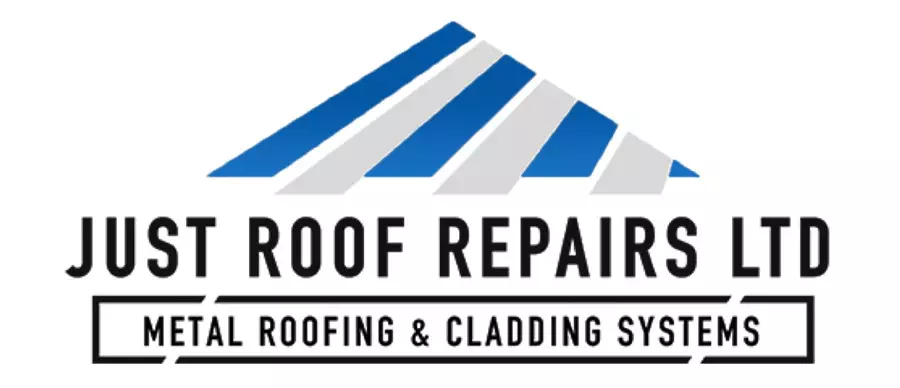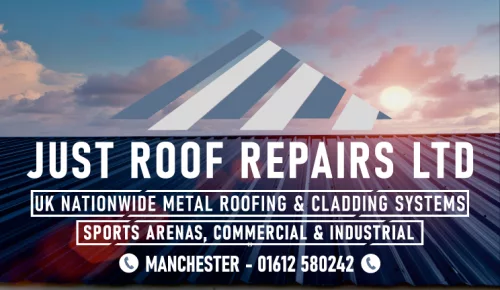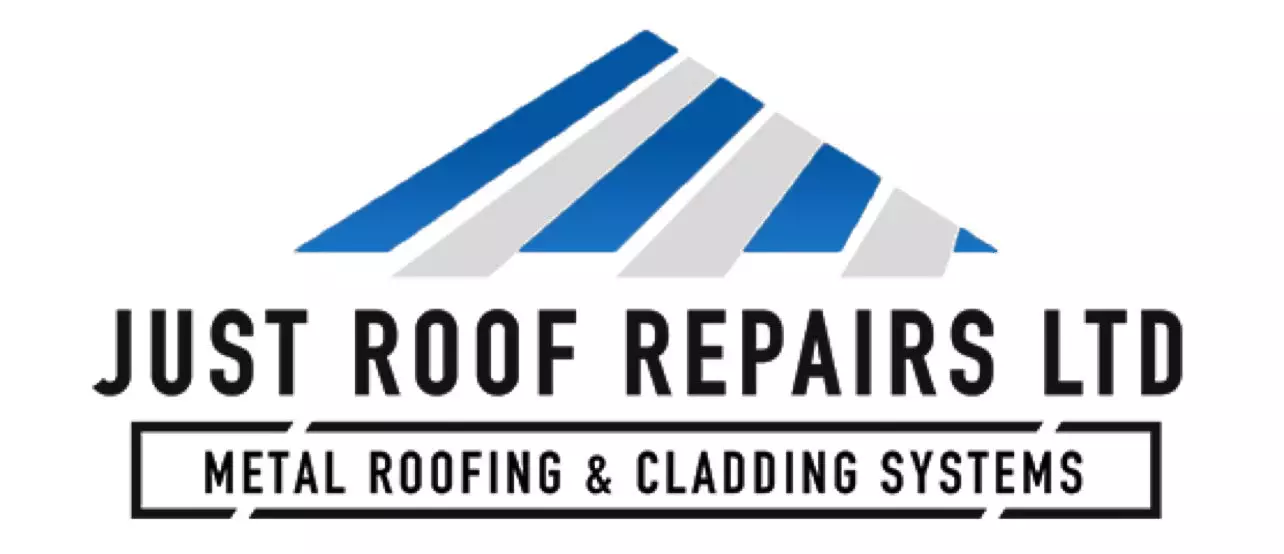When managing a commercial roof, understanding its lifecycle is essential for effective asset protection and financial stability. From initial planning and material selection to regular maintenance and eventual replacement, each stage plays a critical role in the roof’s performance. You’ll need to take into account factors such as inspections and repairs to maximise longevity. But how do you determine when it’s time for a replacement? The answer lies in a thorough approach to lifecycle management.

Key Takeaways
- The lifecycle of a commercial roof includes installation, maintenance, and eventual replacement, each stage impacting overall investment and longevity.
- High-quality materials used during installation enhance the roof’s lifespan and performance, ensuring better resistance to environmental conditions.
- Regular inspections and maintenance are crucial for identifying potential issues early, extending roof lifespan, and minimising costly repairs.
- Lifespan factors include local climate, roofing material choice, and installation techniques, all influencing durability and long-term costs.
- When repair costs accumulate significantly, evaluating replacement becomes essential to ensure long-term efficiency and asset protection.
Understanding the Importance of Commercial Roof Lifecycle
Understanding the lifecycle of a commercial roof is essential for maintaining the integrity and longevity of your building. The roof lifespan directly affects your overall commercial investment; each stage of the lifecycle—installation, maintenance, and replacement—plays a vital role in this equation.
During installation, selecting high-quality materials customised to your specific climate can improve longevity. Regular maintenance, such as inspections and minor repairs, can greatly extend the roof’s lifespan, saving you money in the long run.
Neglecting these aspects can lead to costly damages and premature replacement. By actively engaging in the lifecycle management of your roof, you’re not just protecting your asset; you’re also optimising your investment for future financial stability.
Prioritise this knowledge to maximise your building’s potential.
Initial Planning and Design Considerations
When you’re planning a commercial roof, start by evaluating your budget and financial constraints to guarantee the project remains financially viable.
Next, consider the materials you’ll use, focusing on options that not only meet your performance needs but also align with sustainability goals.
These initial decisions will set the foundation for the roof’s long-term effectiveness and environmental impact.
Budgeting and Financial Assessment
A well-planned budget is essential for the successful lifecycle of a commercial roof, as it sets the foundation for both initial design and long-term maintenance.
You’ll need to assess your budget constraints early on, ensuring that your financial planning aligns with your project goals. Start by estimating costs for design, materials, installation, and ongoing maintenance.
Include a contingency fund for unexpected expenses that may arise during the project. Additionally, consider lifecycle costs, which encompass not only installation but also future repairs and energy efficiency.
Material Selection and Sustainability
Selecting the right materials for your commercial roof is essential, as it directly impacts both sustainability and long-term performance.
When considering your options, focus on eco-friendly materials that minimise environmental impact. These materials often include reflective membranes, recycled content products, and green roofing systems.
Choosing energy-efficient materials can considerably reduce heating and cooling costs, improving your building’s overall energy performance. For instance, insulated roofing panels can enhance thermal resistance, lowering energy consumption.
Additionally, consider life cycle assessments to evaluate the long-term sustainability of your material choices.
Selecting the Right Roofing Material
When selecting roofing materials, you need to evaluate their durability to withstand various environmental conditions.
Consider how your local climate and weather patterns will impact the roof’s lifespan, as well as the balance between initial costs and long-term benefits.
This analysis guarantees you choose materials that meet both your budget and performance expectations.
Material Durability Considerations
While selecting the appropriate roofing material, you need to take into account its durability to guarantee long-term performance and protection for your commercial property.
Prioritise materials with high material performance ratings that can withstand various environmental conditions. Look for roofing options like TPO, EPDM, or metal, which offer excellent weather resistance and longevity.
Assess the material’s ability to resist UV rays, extreme temperatures, and moisture, as these factors will impact its lifespan. Additionally, consider the maintenance requirements and potential for repairs, as these can influence overall durability.
Making an informed choice based on these factors assures that your roofing investment pays off in the long run, providing reliable protection against the elements while minimising costly replacements.
Climate and Weather Impact
Understanding how climate and weather conditions affect your roofing material choice is vital for ensuring ideal performance and longevity. Different weather patterns, such as extreme heat, heavy rainfall, or snow accumulation, require specific materials that can withstand these conditions.
For instance, if you’re in an area prone to high temperatures, reflective roofing materials can help reduce heat absorption. Conversely, regions with heavy snowfall might benefit from materials designed for snow load resistance.
Climate adaptation is fundamental; selecting materials that not only meet current conditions but also anticipate future climate trends can improve durability. Additionally, consider the local climate’s humidity levels and UV exposure when making your choice, ensuring your roof can effectively withstand the test of time.
Cost vs. Longevity Analysis
Selecting the right roofing material involves a careful cost versus longevity analysis, as the initial investment can considerably impact long-term expenses.
You’ll need to conduct a thorough cost analysis, evaluating not just the upfront costs, but also maintenance, repair, and replacement expenses over time. Different materials, such as TPO, EPDM, or metal, offer varying lifespans and performance characteristics.
A longevity assessment helps you understand how each option withstands environmental factors, thereby affecting its overall lifespan and durability. For instance, while a lower-cost material might save you money initially, its shorter lifespan could lead to higher expenses down the road.
Balancing these factors is essential to making an informed decision that aligns with your budget and long-term goals.
Installation Process and Best Practices
To guarantee a successful installation of a commercial roof, it’s vital to follow specific best practices that improve both the longevity and performance of the system.
Begin by selecting appropriate installation techniques customised to your roofing material—whether it’s TPO, EPDM, or modified bitumen. Confirm a thorough assessment of the substrate, addressing any underlying issues before laying the new roof.
Use high-quality materials and adhere to manufacturer specifications for peak performance. Implement quality assurance measures throughout the process, including regular inspections during installation to verify compliance with safety standards and building codes.
Proper ventilation and drainage design are also essential to prevent future water damage. Following these guidelines will lead to a durable, efficient commercial roof that stands the test of time.
Regular Inspections and Maintenance
Regular inspections are essential for maintaining the integrity of your commercial roof, as they help identify potential issues before they escalate.
Importance of Routine Inspections
While many property owners underestimate the value of routine roof inspections, these assessments are essential for maintaining the integrity and longevity of a commercial roof.
Regular inspections, ideally conducted bi-annually or after severe weather events, allow you to identify potential issues before they escalate. The inspection frequency plays a critical role in minimising costly repairs and maximising the lifespan of your roof.
By addressing wear and tear early, you can improve the roof’s performance and energy efficiency. The inspection benefits extend beyond immediate maintenance; they also provide peace of mind, ensuring compliance with safety regulations and warranties.
Prioritising these evaluations ultimately saves you time and money, securing your investment in the long run.
Maintenance Best Practices
Maintaining a commercial roof requires a proactive approach that includes both regular inspections and ongoing maintenance practices.
You should establish a thorough maintenance schedule, ideally conducting inspections at least twice a year. During these inspections, look for signs of wear, such as cracks, blisters, or pooling water.
Implement preventive measures like cleaning gutters and removing debris to improve water drainage and reduce damage risks. Additionally, address minor repairs promptly to prevent them from escalating into larger problems.
Document your findings and maintenance activities to track the roof’s condition over time. By committing to these best practices, you can extend the lifespan of your roof, safeguard your investment, and guarantee peak performance throughout its lifecycle.
Identifying Common Roofing Issues
As you inspect your commercial roof, being aware of common roofing issues can save you time and money in the long run.
Start with leak detection; small leaks can lead to significant moisture accumulation, resulting in structural damage over time.
Check for surface deterioration, which often signals underlying problems. Poor drainage can exacerbate these issues, so make certain your gutters and downspouts are clear.
Look for insulation issues, as wet insulation can impact energy efficiency.
Additionally, flashing failures at seams and penetrations can cause leaks if not addressed.
Finally, keep an eye out for membrane breakdown, which compromises the roof’s integrity.
Early identification of these problems allows for timely interventions, extending your roof’s lifespan.
Repair vs. Replacement: Making the Right Choice
When should you consider repairing your commercial roof versus opting for a full replacement? Start by evaluating the repair indicators. If you notice localized leaks, minor membrane damage, or minimal wear, repairs might suffice.
However, if the roof shows widespread deterioration, significant water damage, or structural issues, replacement becomes necessary.
It’s vital to evaluate the long-term costs associated with both options; repairs may seem cheaper initially, but recurring issues could lead to higher cumulative expenses.
Add up the repair costs over time and compare them with the replacement costs. A well-maintained roof can extend its lifespan, but if repairs are only temporary fixes, investing in a replacement may offer better value and security for your property in the long run.
Factors Influencing Roof Longevity
Several key factors influence the longevity of your commercial roof, impacting its performance and durability. The choice of roofing materials is vital; high-quality options like TPO or EPDM can withstand harsh conditions better than low-grade alternatives.
Environmental factors also play a significant role—exposure to extreme temperatures, UV radiation, and moisture can accelerate wear. Locations prone to severe weather events, such as heavy rain or hail, necessitate more robust roofing systems.
Regular maintenance, including inspections and prompt repairs, can mitigate damage caused by these factors. Additionally, proper installation techniques are essential; poorly installed roofs are more susceptible to leaks and other issues.
Preparing for a Roof Replacement
Before starting a roof replacement, it’s vital to assess your current roof’s condition and gather relevant information to make informed decisions.
Begin by conducting a thorough inspection to identify damage and areas needing repair. Next, determine your budget and establish a project timeline; this will help guarantee the replacement process runs smoothly.
Selecting the right contractor is important—check their credentials, experience, and references to verify they’re qualified for your specific roofing needs. Additionally, discuss the project timeline with your contractor to align expectations and avoid potential delays.
Sustainable Practices in Roofing Management
As you manage your commercial roofing system, implementing sustainable practices can greatly improve its lifespan and reduce environmental impact.
Start by choosing eco-friendly materials, such as recycled shingles or green membranes, which minimise waste and boost durability. Incorporate reflective roofing options to elevate energy efficiency by reducing heat absorption, leading to lower cooling costs.
Regular maintenance is key; inspect for leaks and verify proper drainage to prolong your roof’s life.
Additionally, consider installing a green roof or solar panels to further improve energy efficiency and promote biodiversity.
Frequently Asked Questions
How Often Should I Schedule Roof Inspections?
You should schedule roof inspections at least twice a year, ideally in the spring and autumn. This inspection frequency helps catch potential issues before they escalate.
Additionally, consider seasonal checks after severe weather events, such as heavy storms or snow. Regular inspections allow you to maintain the roof’s integrity, prolong its lifespan, and ensure compliance with safety standards.
What Signs Indicate I Need a Roof Replacement?
If you notice signs like curling shingles, granules in your gutters, or visible moisture damage inside, it’s time to evaluate a roof replacement.
Furthermore, if your roof’s age exceeds 20 years, it’s essential to assess its condition.
Look for leaks, discolouration, or sagging areas, as these indicate structural issues.
Regular inspections can help you catch these problems early, ensuring your building stays protected from further damage and costly repairs.
Can Weather Conditions Affect Roof Longevity?
Yes, weather conditions greatly impact roof longevity.
Extreme temperatures, heavy rainfall, and intense UV exposure can degrade roof materials over time. For instance, asphalt shingles may curl or crack in prolonged heat, while membranes can suffer from water pooling.
Regular inspections and maintenance help identify wear caused by these elements, ensuring your roof remains in prime condition.
What Are the Costs Associated with Roof Maintenance?
When you consider roof maintenance, it’s essential to factor in roof repair costs, which can vary based on damage severity and materials.
Regular inspections help identify issues early, potentially saving you money in the long term.
Maintenance budgeting should include routine upkeep, unexpected repairs, and potential upgrades.
How Do I Find a Reputable Roofing Contractor?
To find a reputable roofing contractor, start by checking their qualifications, such as licences and insurance.
Look for contractors with solid experience and industry certifications.
You should also read customer reviews to gauge past performance and reliability.
Reach out to previous clients for firsthand insights.
Don’t hesitate to ask for references, as these can help you evaluate their work quality.
This thorough approach guarantees you choose a contractor you can trust for your roofing needs.
Conclusion
To sum up, effectively managing your commercial roof’s lifecycle is essential for maximising its performance and lifespan. By prioritising quality materials, regular maintenance, and informed decisions on repairs or replacements, you can safeguard your investment. Remember, the right planning and sustainable practices not only improve energy efficiency but also contribute to long-term financial stability. Stay proactive in your approach, and your roof will serve you well for years to come.


